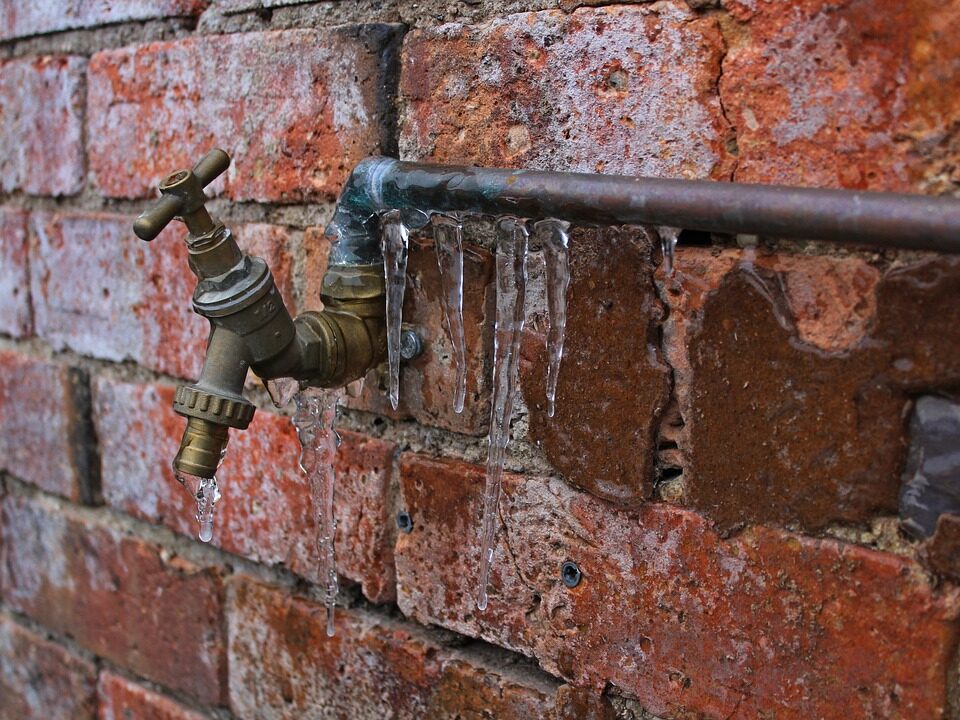A pipe bursting can be an expensive nightmare to deal with during the dead of winter, and can cause damage to your home in difficult to reach areas. If you’re in an area that doesn’t freeze regularly, you may not know what to do to prevent these winter catastrophes. Let’s discuss some of the ways that you can protect your home as winter approaches.
Insulate Your Home
Insulating your home is one of the best ways to keep the heat in and the cold out. Add high R-value insulation to your basement and attic. The higher the R-value, the better it is at insulating. There are also do-it-yourself garage door insulation kits that will help warm that space and protect any plumbing in the garage.
Protect Indoor Pipes
Image via Flickr by puuikibeach
Exposed pipes in unheated parts of your home are particularly vulnerable to freezing. Pipe insulation can be inexpensive to purchase and can be applied to piping under sinks or behind washing machines, refrigerators, dishwashers, and other appliances. Open cabinets at night to allow warm air to circulate, and allow cold water to drip from indoor faucets as this will help prevent freezing of pipes in your exterior walls.
Protect Exterior Pipes
Exterior plumbing is incredibly vulnerable to the elements because it does not benefit from the heating of your home. Your swimming pool and sprinkler system can be drained according to manufacturer instructions to prevent bursting. Outdoor hose bibs should be shut off from the inside but left open on the outside.
Keep Consistent Temperature
It may be tempting to reduce the temperature of your home when you’re away or asleep. The outside temperature can drop rapidly and you won’t be able to respond. The energy savings from reducing the temperature isn’t worth the potential for a pipe to freeze and burst when you can’t respond to it. If you plan to be away, set the heat no lower than 55 degrees Fahrenheit. If your garage or basement still gets quite chilly, you can consider a safe space heater to maintain the temperature of those areas.
Prevent Drafts
Drafts can make your home heating work harder to maintain a comfortable temperature. An easy way to test for drafts is to light an incense stick in a room and watch where the smoke goes. If it migrates towards a window or blows out of the room, then you may have a draft. An energy auditor can perform a test to determine if there are any areas of the home that need to be sealed up and recommend fixes. Some easy things you can do yourself are to add a garage door sweep, re-caulk windows and replace the weather stripping on your exterior doors.While there are many steps you can take to protect your plumbing it is always worthwhile to have a service professional take a look and make recommendations based on your home’s needs. Following their guidelines and taking simple measures to keep your plumbing protected will ensure that your water will run smoothly throughout the winter.

